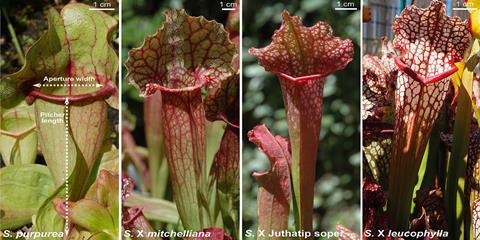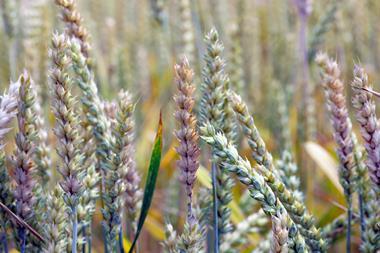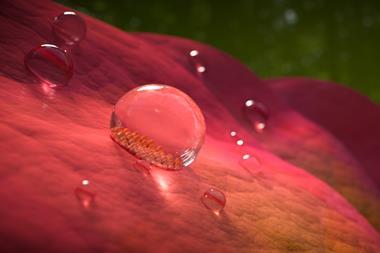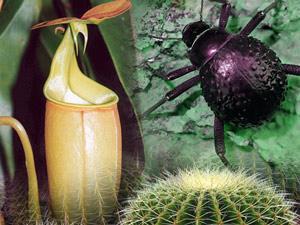Pitcher plant species have been discovered to be tailoring their bouquet of volatile organic compounds (VOCs) to attract specific insects into their tubular traps.

Researchers in France focused on Sarracenia pitchers, a group native to the eastern US and popular as house plants due to their colourful tubular leaves. Four Sarracenia species that varied in leaf shape were chosen for experiments at Montpellier University. One was S. purpurea, a popular horticultural plant, and another was a natural hybrid, Sarracenia x mitchelliana, from the southern US. The other two plants were horticultural hybrids.
The researchers revealed that plants that mainly caught ants and flies mostly had short-tubed traps and VOCs derived from fatty acids. Those specialising in catching flying insects like bees and moths had monoterpenes, benzenoids and taller pitchers.
Carnivorous plants supplement their diet with insects to compensate for nutrient deficits in the soils where they grow. Previous investigations of a Nepenthes pitcher plant from Borneo had pointed to pitchers as not simply pitfall traps; instead, they beguilded insects with nectar lures, colourful patterns and scents.
Monoterpenes and pitcher length in some trumpet pitchers explained variations in bee and moth captures, whereas monoterpenes alone mostly explained variations in the capture of flies and wasps. ‘Our results suggest that odours are key factors of the diet composition of pitcher plants,’ the study concludes.
References
C Dupont et al, PLoS One, 2023, DOI: 10.1371/journal.pone.0277603
















No comments yet